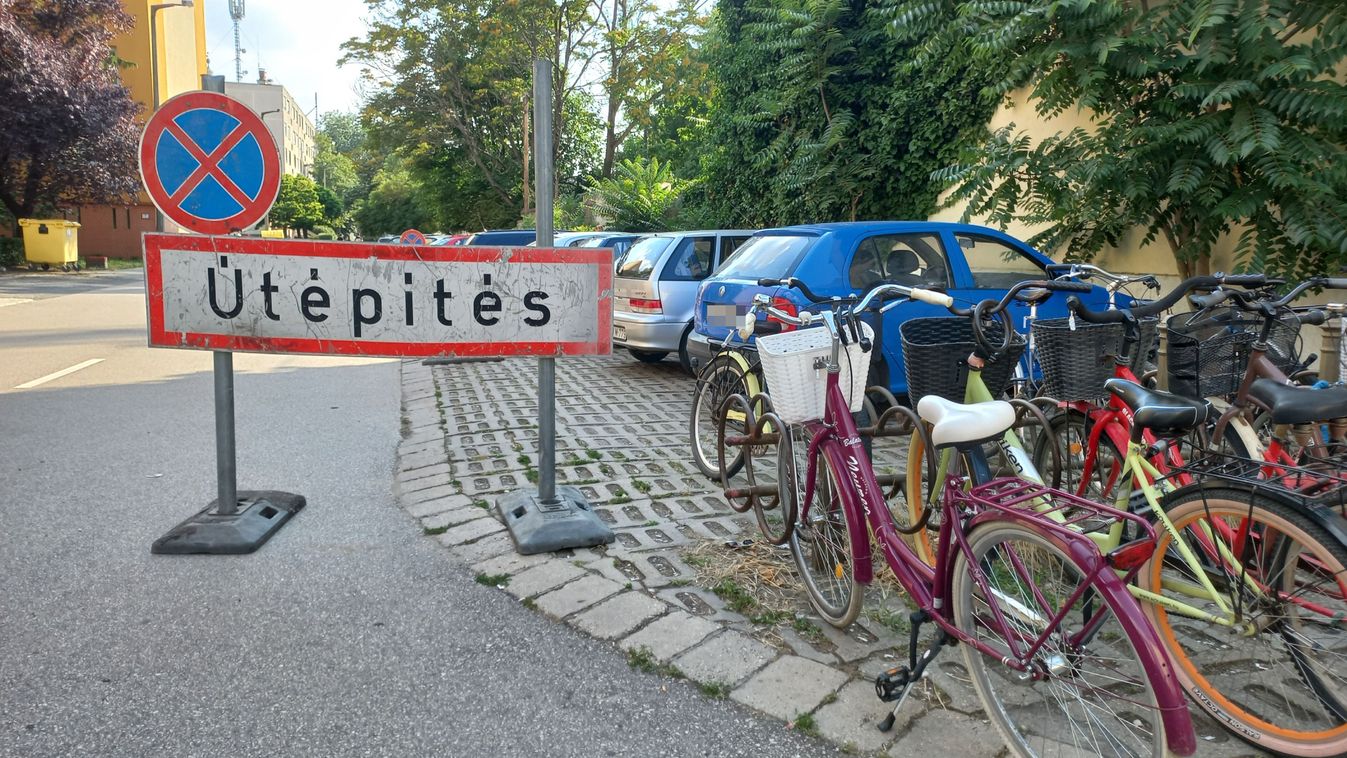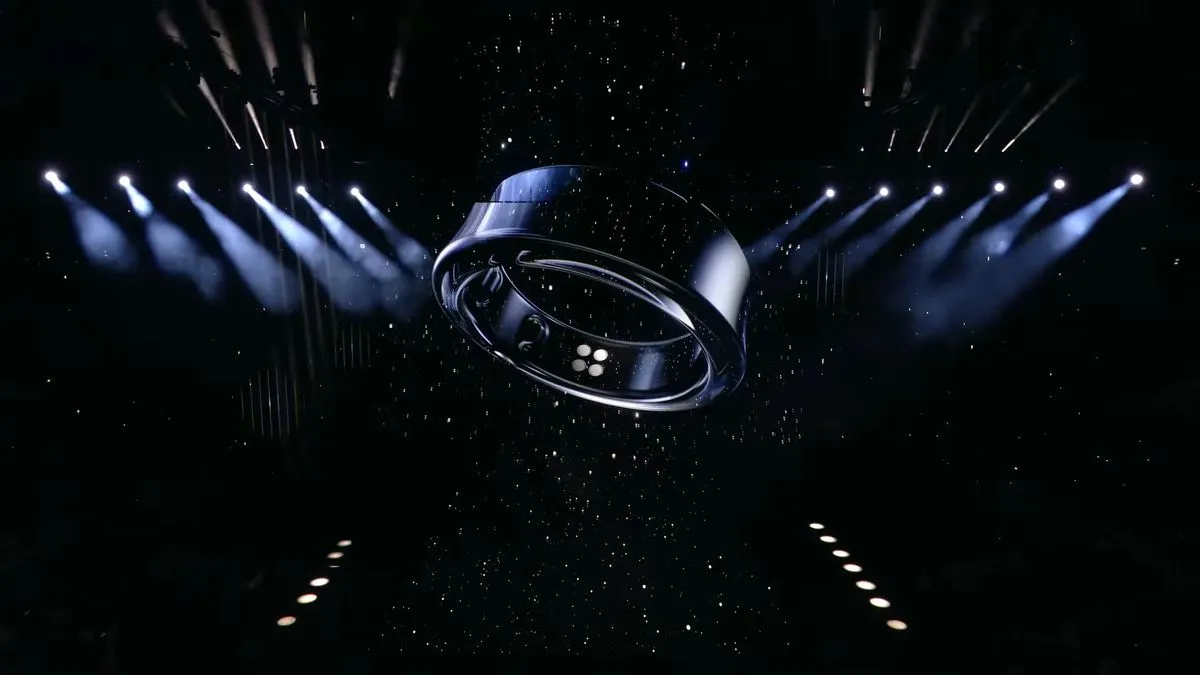The year 1931 began as one of the low points in Hungarian film production. Not only was the economic crisis felt its increasing negative effects, but it was also felt as the first domestic soundtrack to be announced with great frost, shot from a record budget of one hundred and forty thousand bingo. blue idol It also dropped dramatically in movie theaters. In their last despair, the heads of the Hunnia Film Factory saw the only solution in film director István Székely, who was living and working in Germany at the time. The problem was so great that they did not wait until Szekler could fly home, but three directors of the film factory visited the director in Berlin with two scenarios. But Zickler liked none of them.
Strange as it may sound, we owe a classic of Hungarian film history to a German-Czech filmmaker, Albert Samic, who made a piece in the hands of the surrounding Hungarian director he loved, and also bears the cost of the film. Produce. Then the act of staying in pests became that “Samek calculates everything”This means that Samik pays for everything. He really took the cost, but with good organization he was still able to keep the production budget under a hundred thousand penguins.
The play on which the film is based, is Istvan Zagon’s work, A Hippolyte, forearm In 1930, after a few trials, the Hungarian theater did not present him.
Nevertheless, Sekele liked the work depicting the habits of the city’s new rich, because he wanted to bring out a story familiar to a Hungarian audience.
Of course he wouldn’t have been involved if he wasn’t involved. First, he asked Karoly Notte, an excellent cabaret composer of the era, to rework his piece in Zagon. Nóti reflected the duel between the wealthy new carrier and the arrogant servant. In the original play, a butler from the Count’s house instructs a carrier climber, while in the film, Matthias Schneider, a diligent citizen, rebels against Hyppolit, who embodies the nobleman’s empty mark.
The Hunnia Film Factory was waiting for the director with a cast. Székely agreed that Gyula Csortos would star, but that the role of Mr. Schneider would not be shared with Gyula Gózon. Although he did not question the qualities of the actor, he did not consider him suitable for the role. According to him, Gózon would bring the atmosphere of the countryside not to the capital, but rather to the film, not to mention that Csortos would likely suppress the scene in which Mr. Schneider takes revenge on his apartment.
You’ll see every day that I dine not in a tuxedo, but in my sleeves. And I eat onions to grill geese. For everything. I also eat onions for onions. I am going to eat fish with a knife. With two knives.
The filmmakers said it’s okay, but then who should be Matthias Schneider. Sekele later reported what had happened:
We discussed the German actors before I arrived at Pest, but the Hungarian actors promised to be more difficult, simply because I didn’t know the Hungarian actors. I went to theaters, and if I remember correctly, I first saw Gyula Nightmare at the Operetta Theater in Budapest. I felt like I had found Mr. Schneider. It was a long struggle because the “authorities” didn’t want him – for several reasons. The main objection was that there were not enough “high-end” actors, and only one was considered – that he was too talented.
The cast was formed: along with Gyula Crosortos and Gyula Kappus, Mr. Schneider’s wife was played by Missy Haraszti, Terka and their daughter Eva Venevisi, while the actors Gyula Guzon and Bal Javor played them. In addition to the actors, real stars were hired in three more main positions. The cinematographer became one of the best photographers of the era, Istvan Eben, and the editor was Laszlo Benedek, who later became a world-famous film director in the United States. The music was entrusted to Mihály Eisemann, who introduced the audience to two evergreens: the Friday, I’m sorry Beginning foxtrot Transylvanian Mici, A Thank you for your love for me The song was performed by Eva Fenifisi and Gyula Guzon.
The second soundtrack in the history of Hungarian film was produced under rather primitive technical conditions. The shoot took place in the summer, and since the Hunnia Film Factory became only suitable for the production of audio films as of April, they had to implement several possible solutions.
For example, the band sat right next to the group and began playing at the behest of the director or conductor.
They also lacked easy-to-move equipment, so the gameplay and settings seemed theatrical. Still images have been compensated by fantasy cropping.
Despite all the difficulties, the actors enjoyed the work, especially in the element played by Nightmare. But in retrospect, he revealed that he struggled a lot in the early days of filming:
The completely opposite equipment, rhythm, and technique of working between the theater and the film studio were so frightening that on the third day I was frightfully offered a producer: I’d rather pay for the raw materials already wasted, but let them out of the contract! Then I fell in love.
According to Zickler’s recollections, many of the jokes were immediately improvised, and were not in the original script. There were countless clever dialogues in the movie.
Like between Mr. Schneider and his wife:
“I forgot to tell you that I picked up a servant.”
– Inast?
– Yes, I wanted to surprise you.
– It worked.
Between Mr. Schneider and Tobias:
– But what’s his name?
“I don’t know, all he said was the hippodrome.”
– Maybe Hippolyte?
“Well, you can say that, and then it doesn’t make sense.”
Between Hippolyte and Mr. Schneider:
“Please, I have worked with the Counts for twenty-seven years.”
“Tell me, Hyppolit, what does the count do next?”
“Counting doesn’t do anything.”
The premiere of the 72-minute musical comedy took place on November 27, 1931 at Forum Cinema in Budapest (today Pushkin) – and was a huge success. Analysts said there were several components to the film’s career. In addition to catchy actors and songs, thanks to a refined script, you can still enjoy your sense of humor today. In Hyppolit, the comic thread is very strong as well as love, compared to the light-hearted, often sweet comedy, which is why Schneider Girl (Eva Venevisi), young engineer (Bal Javor) and footman (Giola Csortos) compete. The story’s comedy is reinforced by the fact that Schneider must contend with both a ferocious wife and butler who are interfering with family life at the same time.
The film is not without social criticism and satire and does not hurt for a moment.
Hippolyte’s popularity, the foot keeper, has not waned for nine decades. The film was voted as one of the 12 best Hungarian films of all time in 2000. However, the originals were destroyed due to frequent copies, so in 2009 a digital revamp became inevitable. One hundred and ten thousand frames were individually repaired and scanned, and the lost title music was reconstructed from gramophone recordings received from private collectors.
(Cover photo: Gyula Nightmare and Gyula Ksworthhus shooting Hippoly, the goalkeeper)












































